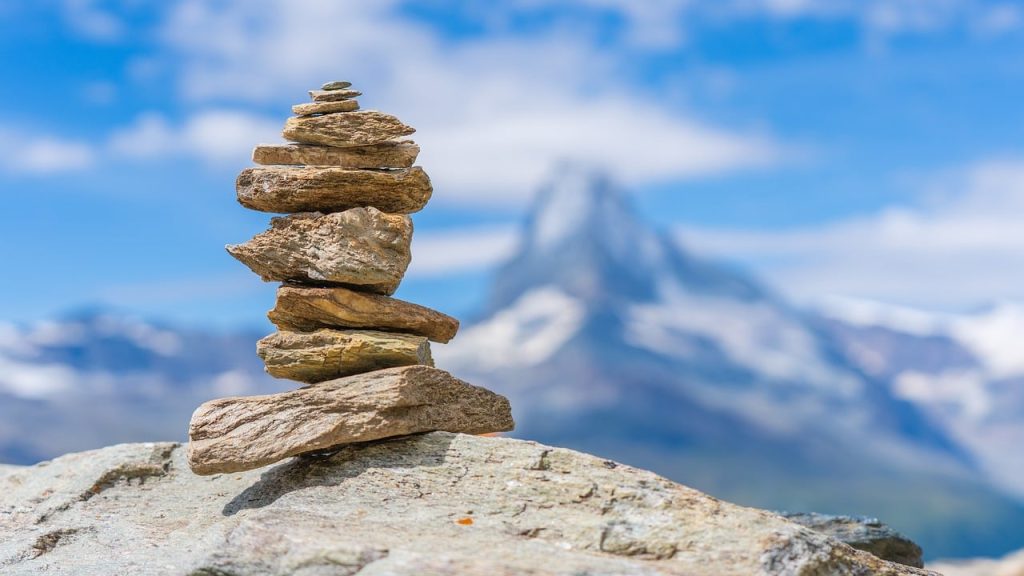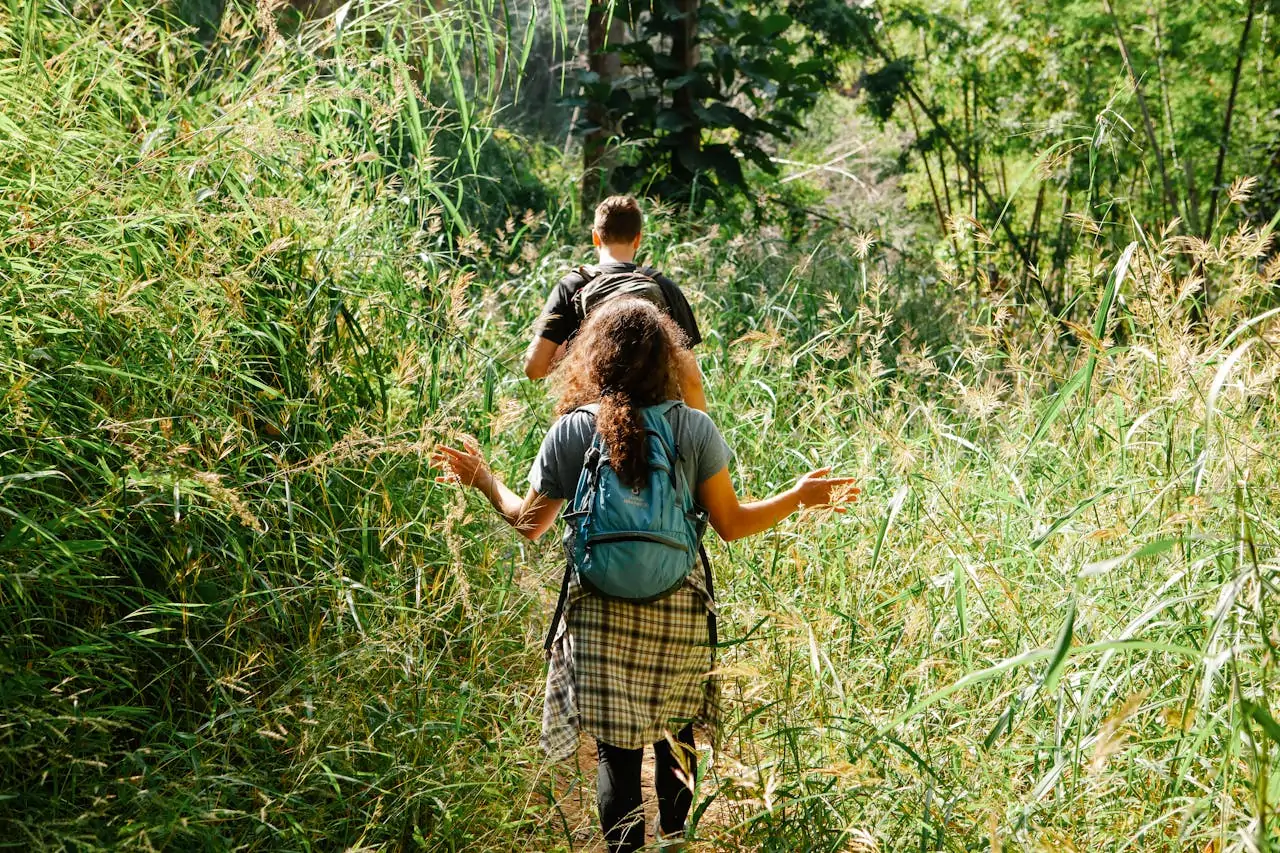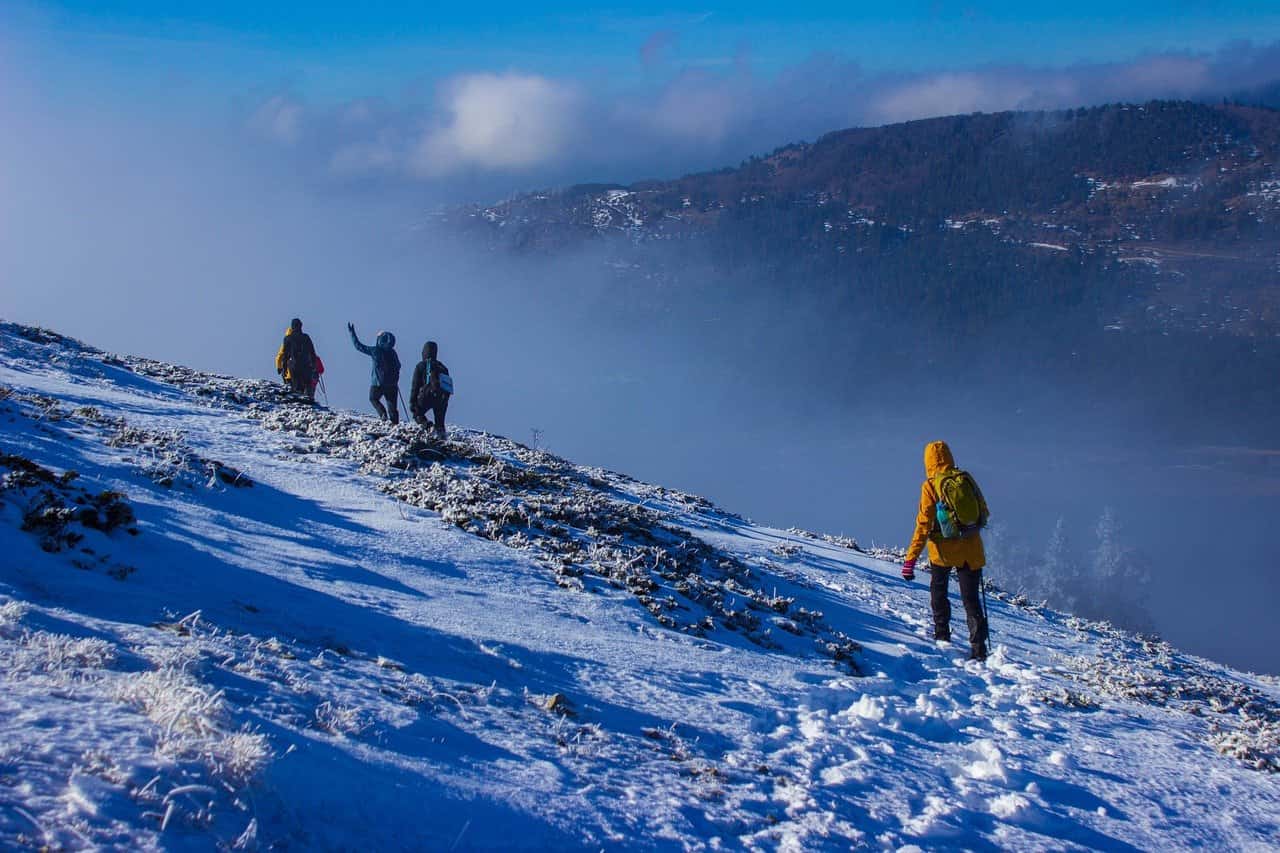Rock cairns are a common sight along many hiking trails, especially in mountainous or desert regions where marked paths can be scarce or challenging to follow. These man-made piles of rocks have served various purposes over centuries, but in modern hiking, their role—and the reasons why you shouldn’t build them—can be misunderstood. Let’s delve into what rock cairns are, their historical significance, and why responsible hikers should refrain from creating them.
What Are Rock Cairns?
Rock cairns, often simply called cairns, are human-made stacks or piles of rocks that are typically used as trail markers in areas where paths are indistinct or difficult to follow. They range in size from small, simple stacks to large, elaborate structures.
Historical Significance
Historically, cairns have been used across cultures for a variety of purposes. In ancient times, they served as memorials, burial markers, and navigational aids. Indigenous peoples and early explorers often built cairns to mark significant locations, such as summits, water sources, or safe passages.
In modern hiking, cairns are primarily used as trail markers in remote, rugged terrain where conventional signs might be impractical or impossible to install. They guide hikers through tricky areas, helping them stay on the path and avoid getting lost, especially in places where weather conditions can quickly change, making trails hard to discern.
The Problem with Building Rock Cairns
While cairns can be helpful when used appropriately, the trend of building unauthorized rock cairns has become a growing problem in many natural areas. Here’s why:
1. Disruption of Natural Landscapes
When hikers build cairns, they disturb the natural environment. Rocks that are part of the ecosystem are removed, potentially causing harm to plant and animal life that depend on the stability and placement of those rocks. In some cases, removing rocks can lead to soil erosion, disrupt habitats, and even alter the course of water flow.
2. Misleading Other Hikers
Unauthorized cairns can confuse other hikers. Imagine you’re in a wilderness area where there are several unmarked paths. If hikers build cairns in random spots, they can easily mislead others, causing them to stray off the intended trail. This can result in people getting lost or ending up in dangerous situations, particularly in harsh environments where the margin for error is slim.
3. Cultural and Spiritual Disrespect
In some regions, cairns hold cultural or spiritual significance. Building cairns in these areas without understanding their meaning can be seen as disrespectful to local customs and traditions. It’s important to recognize and respect the cultural history of the places we visit.
4. Littering with Rocks
Building rock cairns can also be considered a form of visual litter. Natural landscapes are beautiful in their own right, and adding unnecessary man-made structures detracts from the untouched beauty that many people seek in the outdoors. Hikers visit these places to experience nature as it is, not as an art installation of rock stacks.
Responsible Hiking: Leave No Trace
The Leave No Trace (LNT) principles, which promote responsible outdoor ethics, include guidance on avoiding the creation of rock cairns. One of the key tenets of LNT is to “leave what you find.” This means that hikers should avoid altering the environment, including not building unauthorized cairns.
If you encounter a cairn on a trail, it’s best to assume it has been placed there for a reason—likely by trail maintenance teams or rangers—and leave it as is. If you see unnecessary cairns, consider dismantling them to prevent confusion for future hikers, but do so cautiously and respectfully.
Conclusion
Rock cairns have their place in hiking and outdoor exploration, but their role should not be taken lightly. While they can be helpful navigational aids in specific situations, unauthorized cairns can cause more harm than good. As hikers, it’s our responsibility to respect the natural world, follow the Leave No Trace principles, and ensure that we preserve these beautiful spaces for future generations. So the next time you see a pile of rocks, appreciate it for its potential historical or navigational significance—but resist the urge to build one yourself.









